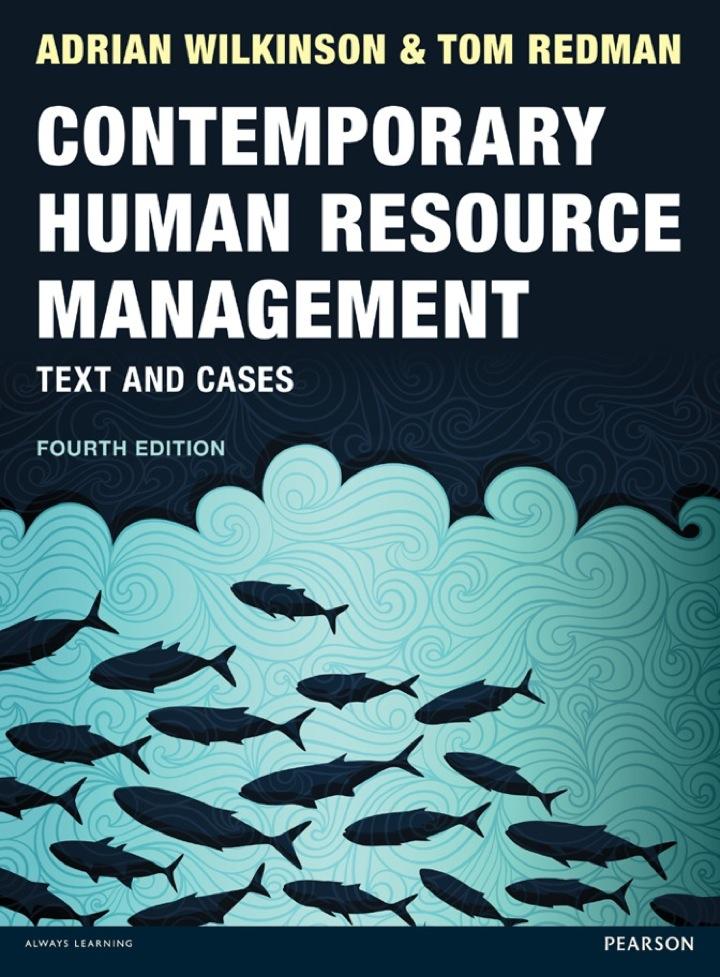Question
1. Purpose Explain 3 points from the Introduction section as to why this study is important. How did this study build on the existing literature
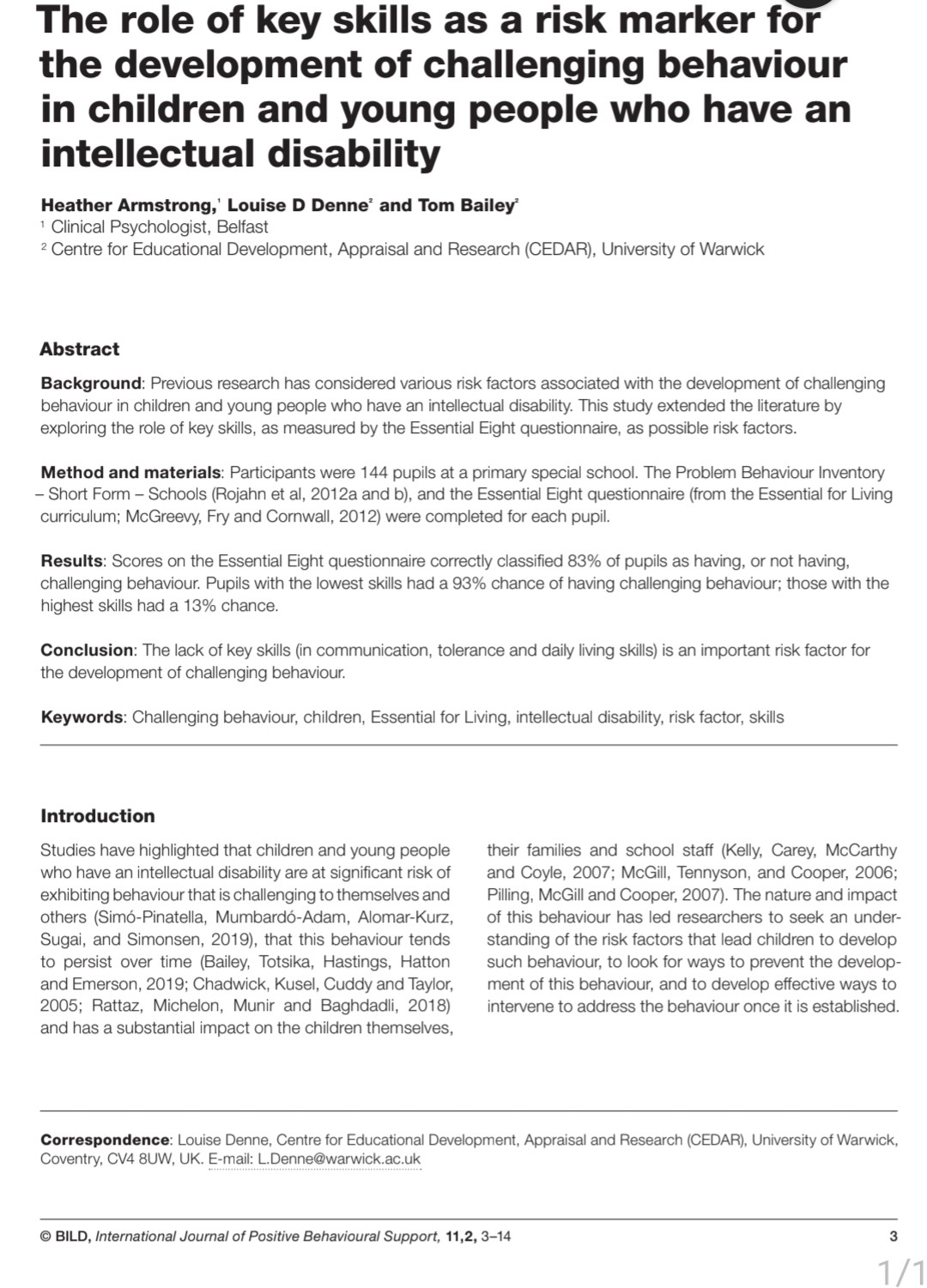
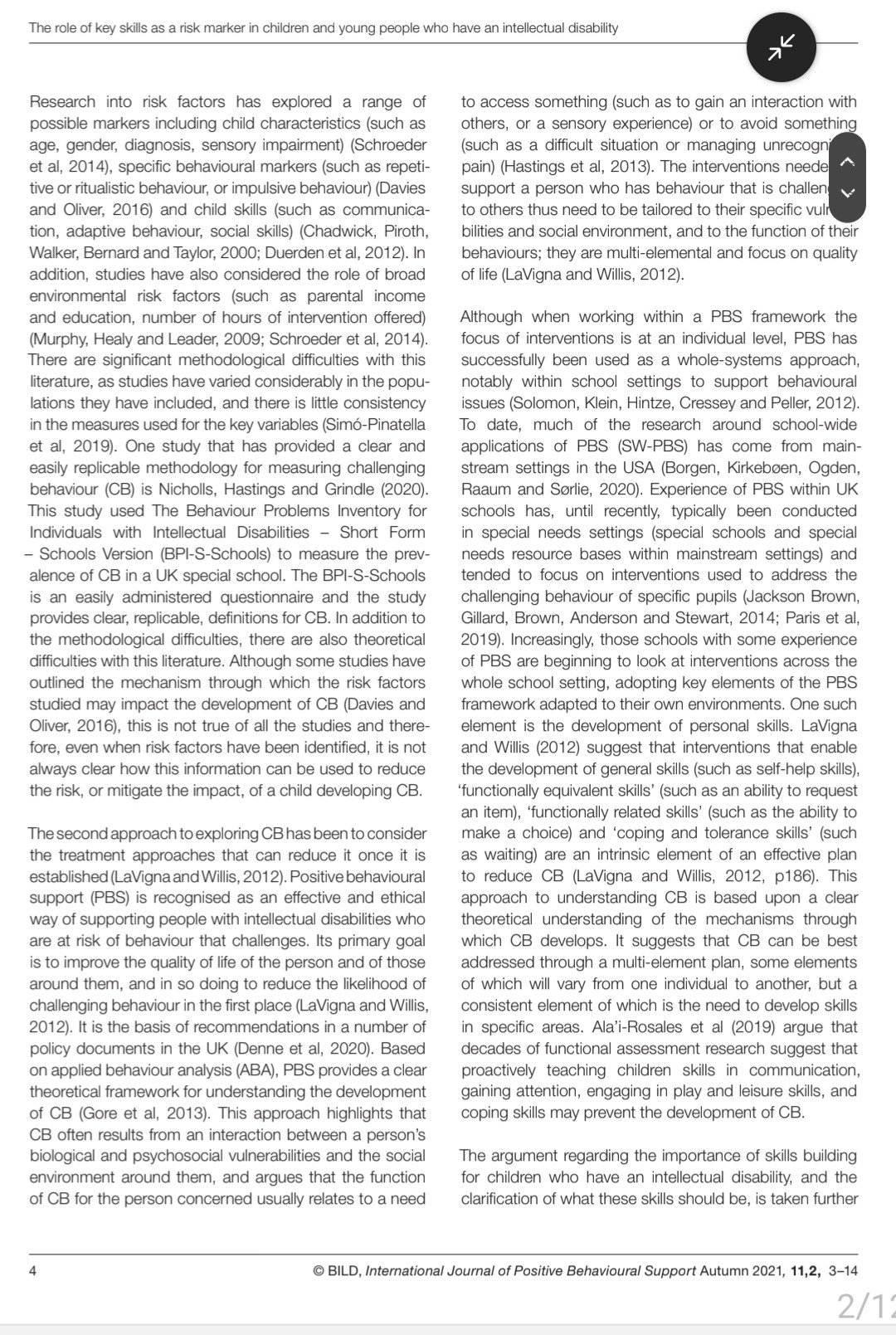
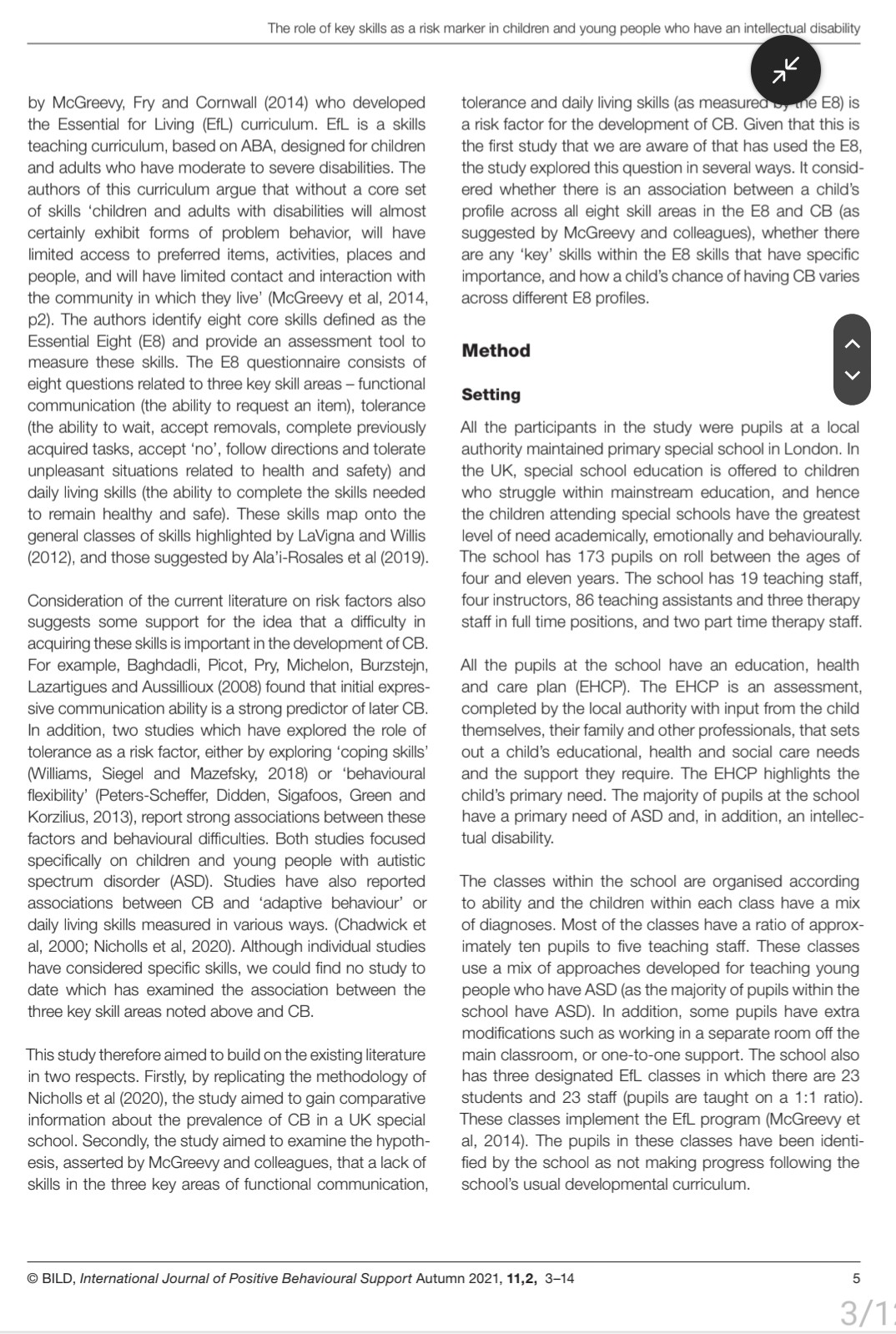
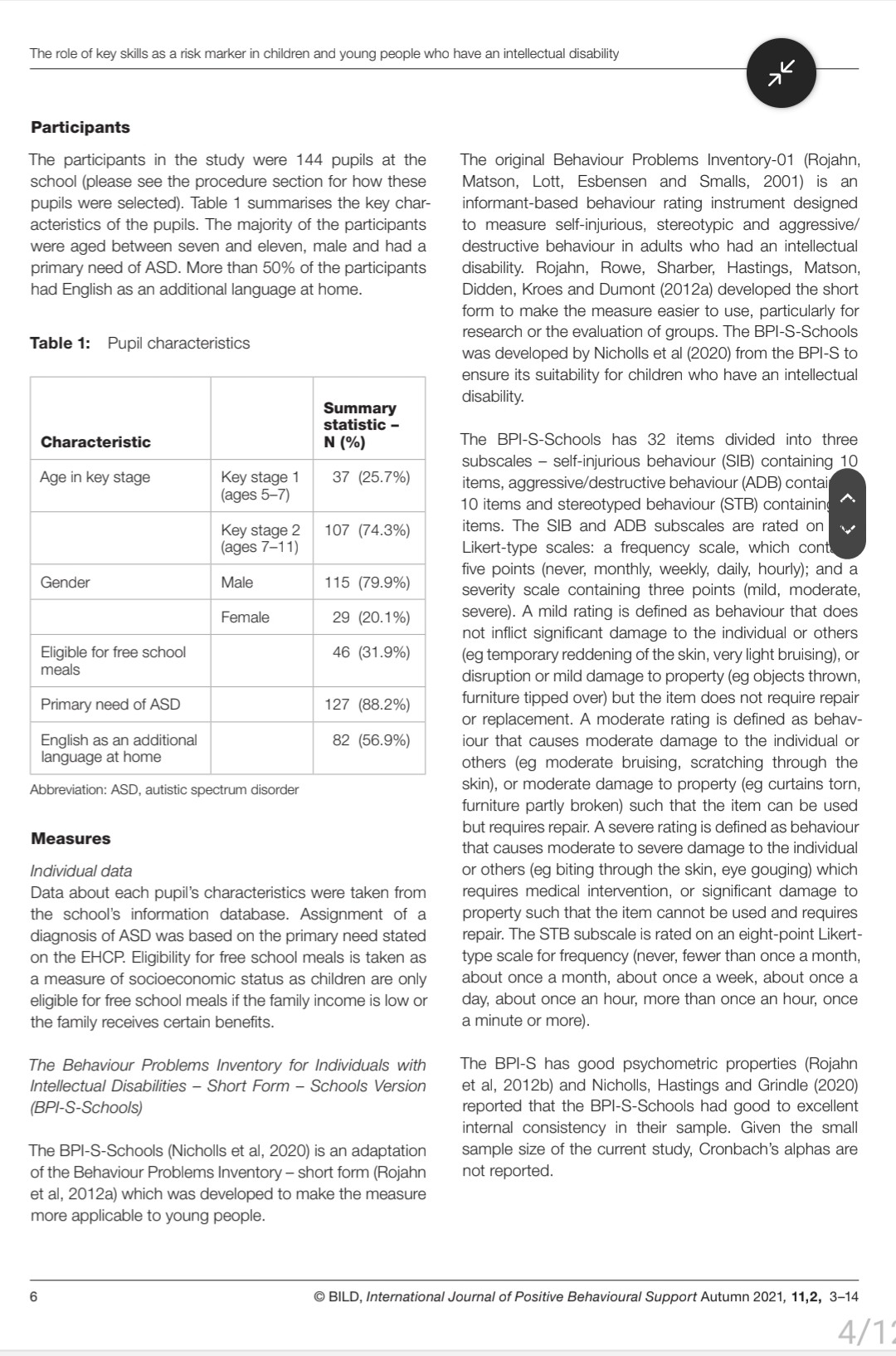
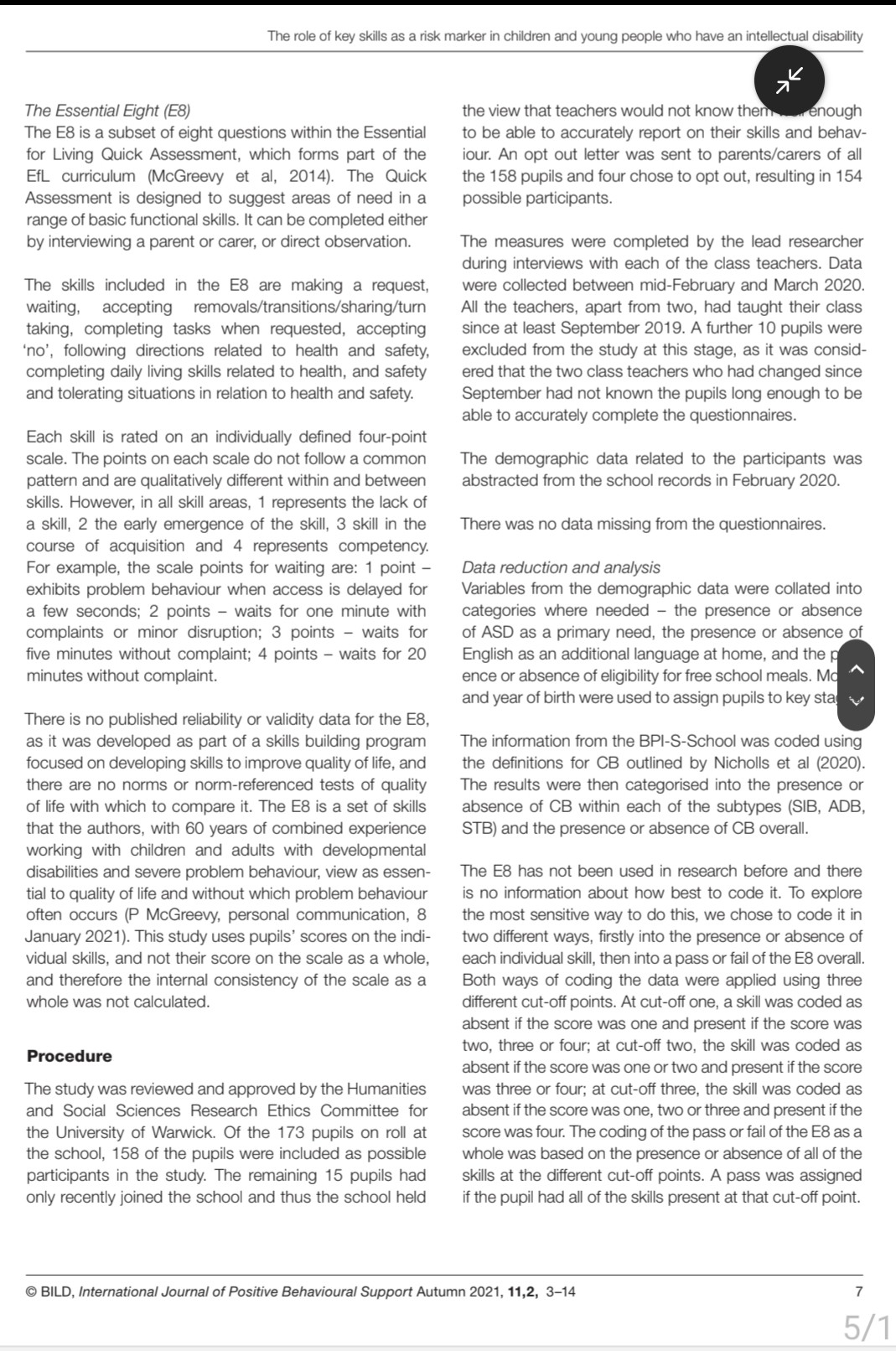
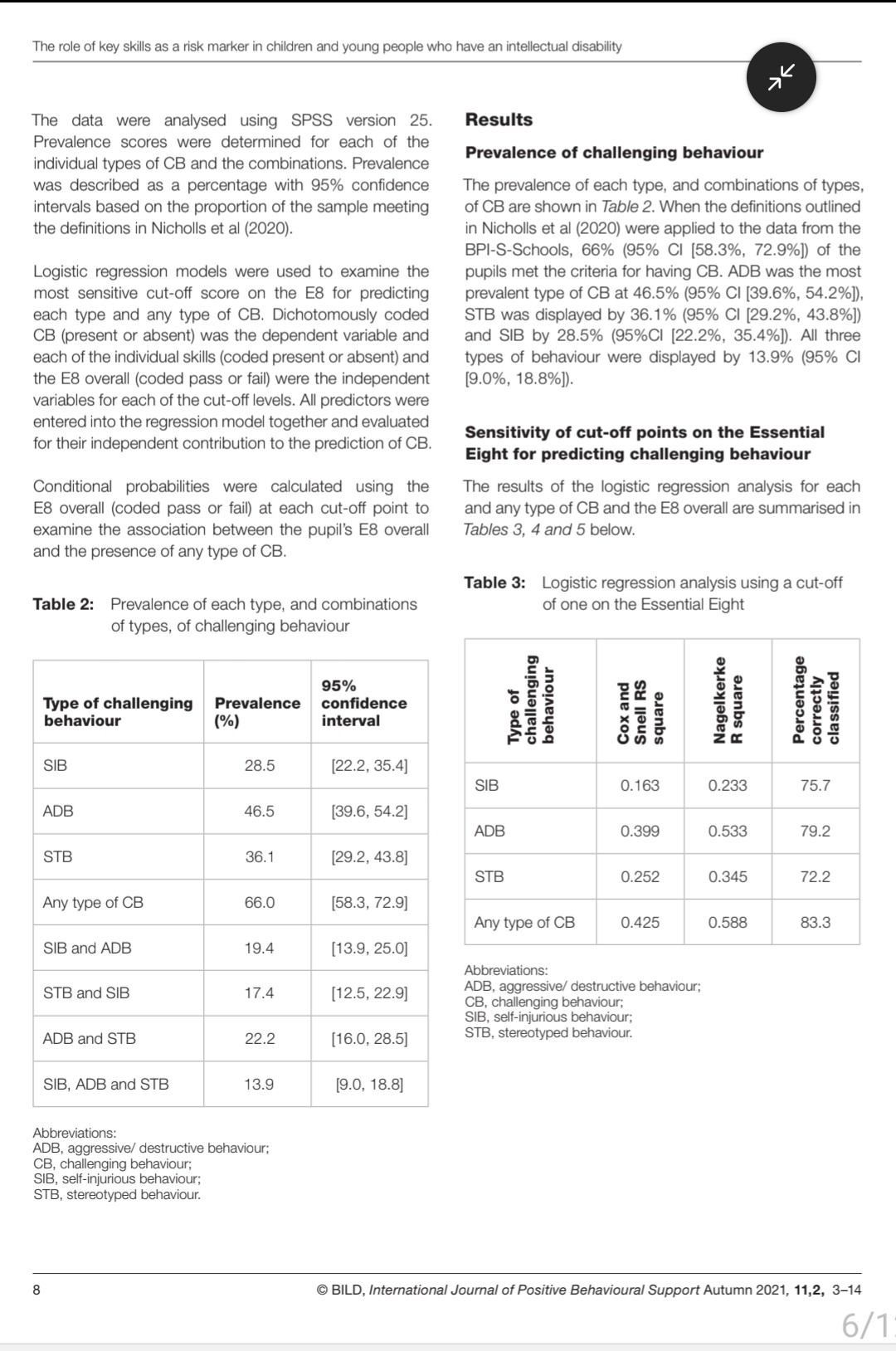
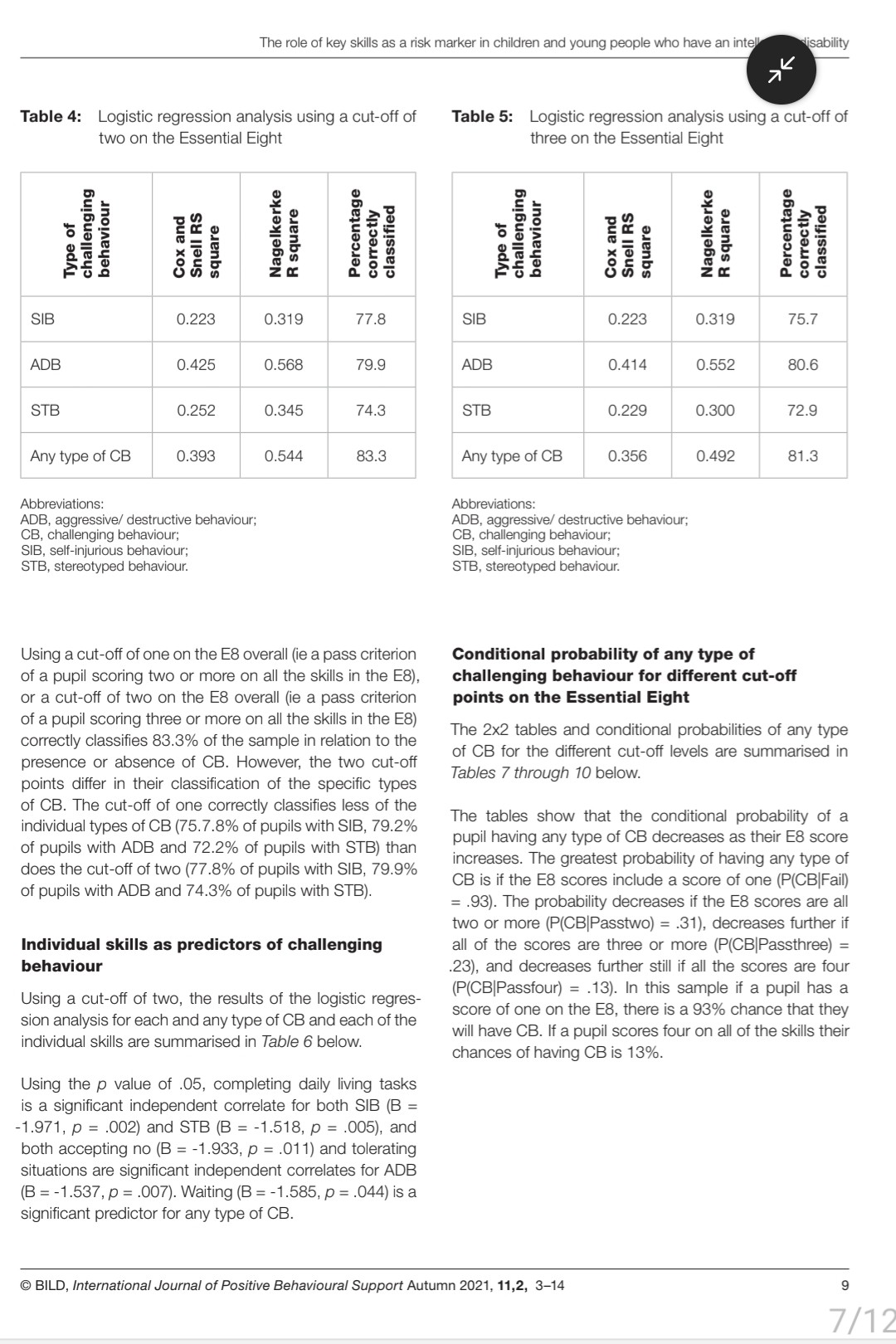
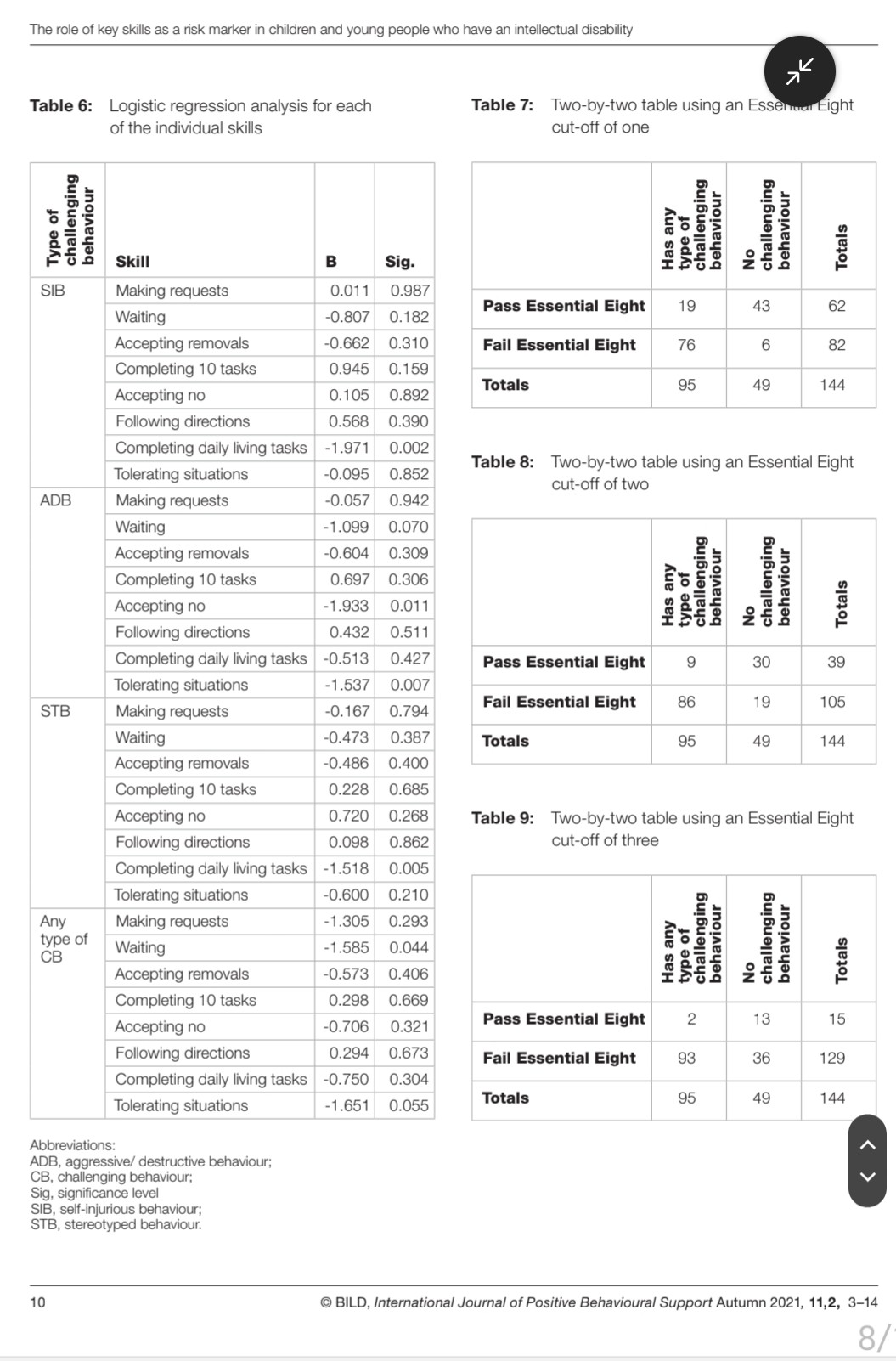
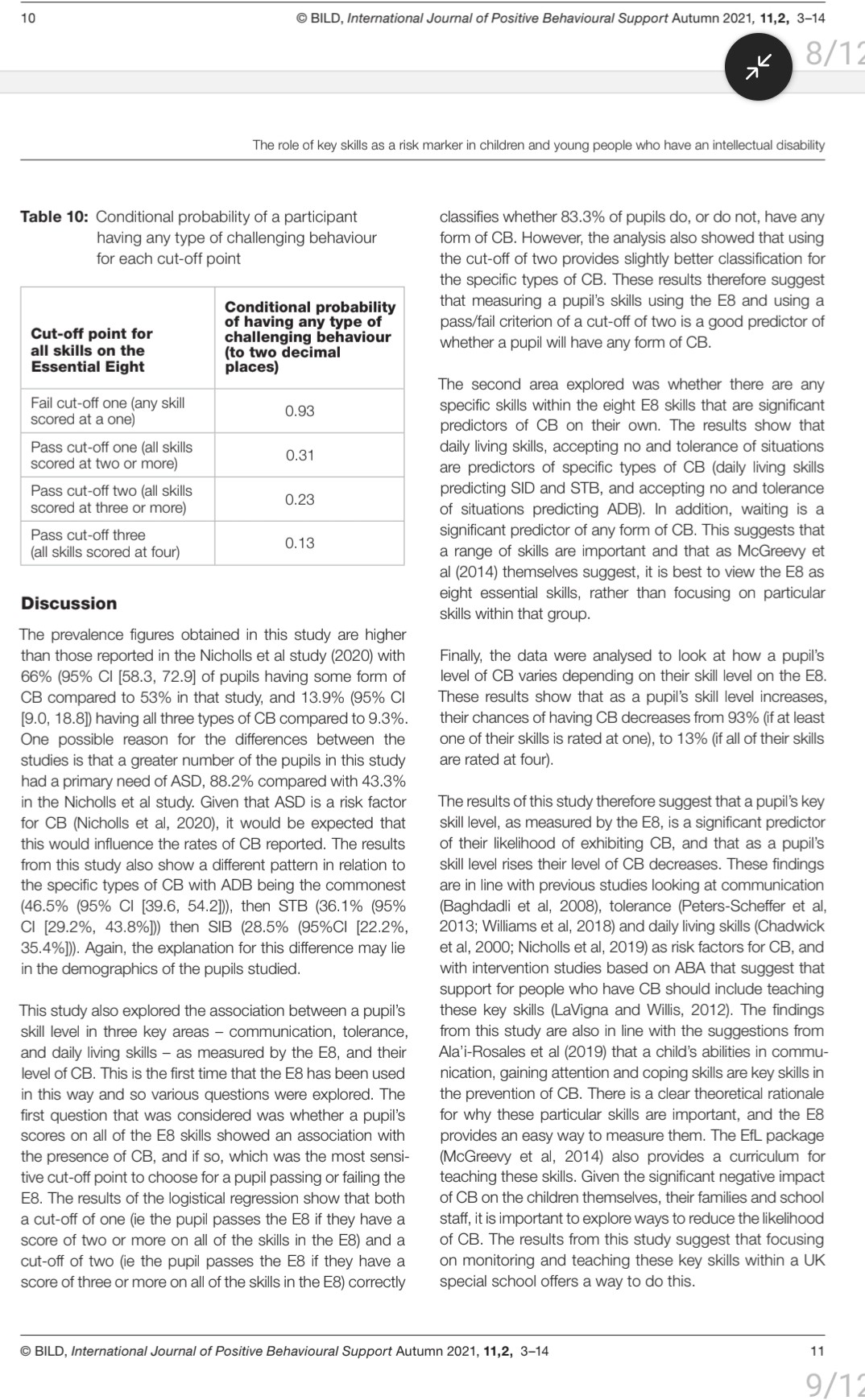
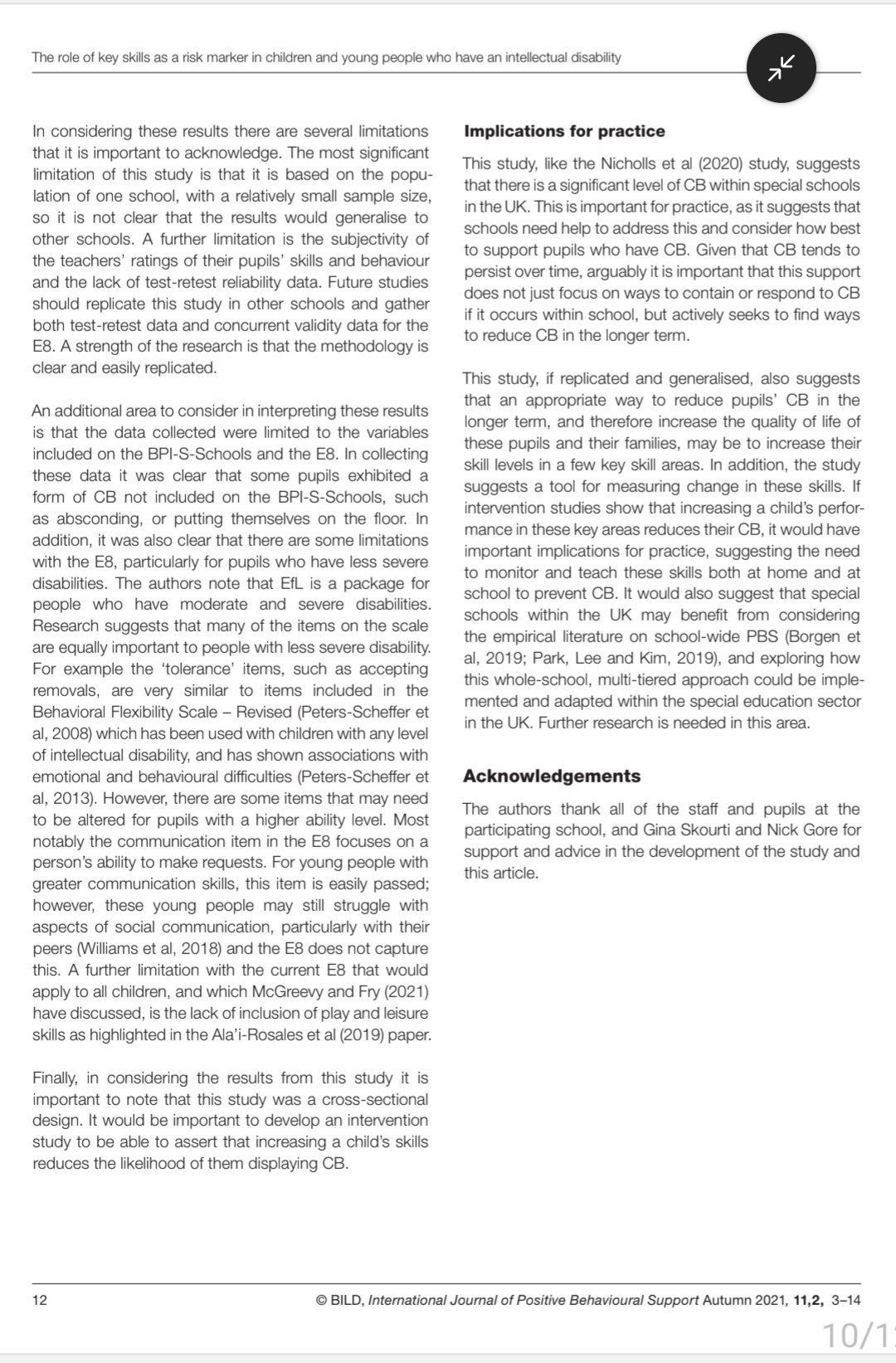

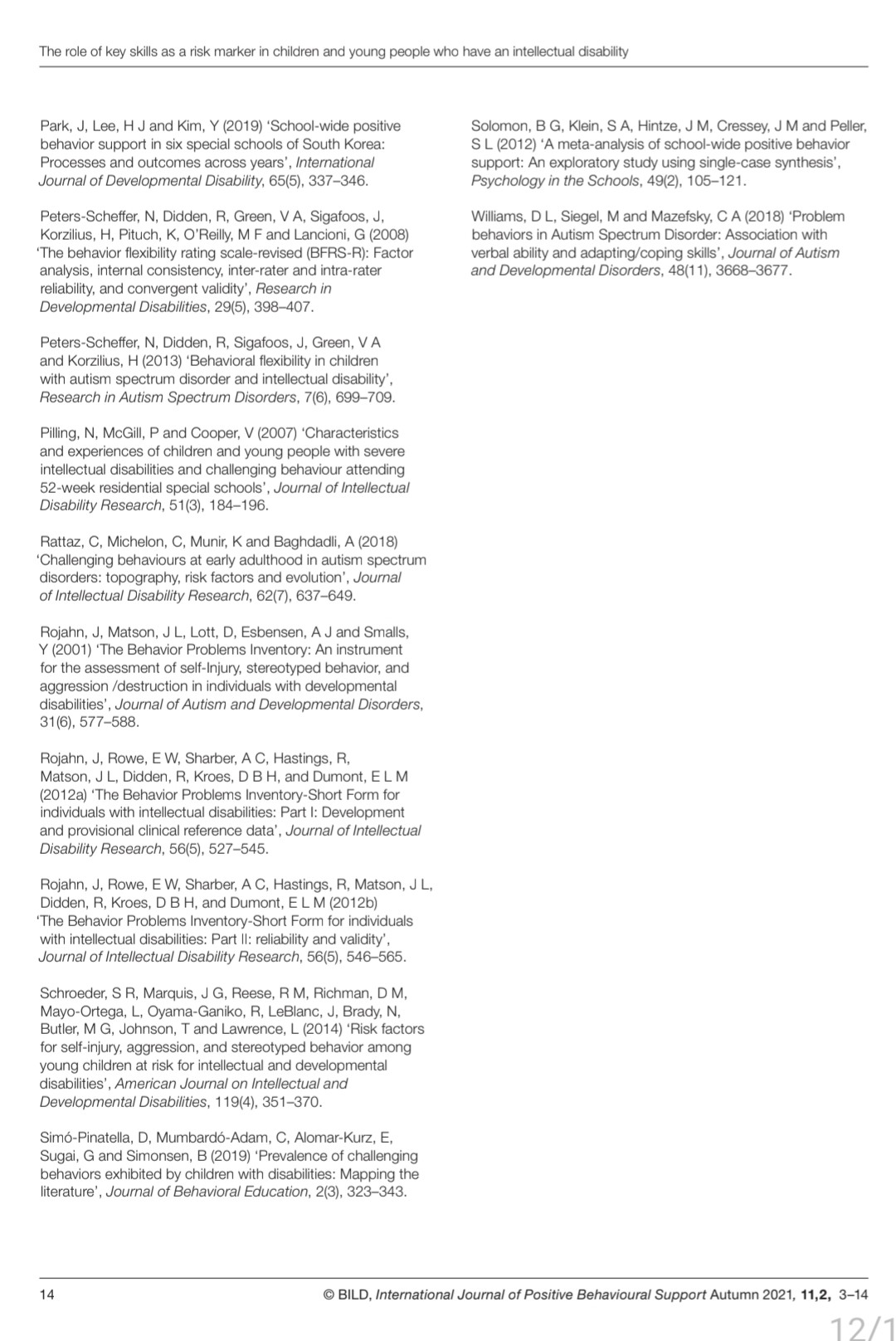
1. Purpose
Explain 3 points from the Introduction section as to why this study is important. How did this
study build on the existing literature in this area?
2. Participants
Outline at least 2 characteristics of the participants. Do you feel that the results of the study
can be generalized to other populations? Why or why not?
3. Messures
List and provide a brief description of the 3 measures used in this study?
4. Results
Describe the key findings / high-level take-away (do not report all of the conditional
probabilities) from this study. What do the results tell us?
5. Discussion
Are these findings consistent with previous research? How does this extend the literature?
Were there any limitations? Are there any future research opportunities mentioned?
6. Implications for Practice
How might this affect clinician's practice? Are there any implications for the field of Applied Behaviour,
Analysis?
7. Interesting Take-A-Way
Identify one thing from the article that you find interesting remnstin and and explain ovnlain why why this this is is of interest to
you?
The role of key skills as a risk marker for the development of challenging behaviour in children and young people who have an intellectual disability Heather Armstrong,' Louise D Denne and Tom Bailey' 1 Clinical Psychologist, Belfast 2 Centre for Educational Development, Appraisal and Research (CEDAR), University of Warwick Abstract Background: Previous research has considered various risk factors associated with the development of challenging behaviour in children and young people who have an intellectual disability. This study extended the literature by exploring the role of key skills, as measured by the Essential Eight questionnaire, as possible risk factors. Method and materials: Participants were 144 pupils at a primary special school. The Problem Behaviour Inventory - Short Form - Schools (Rojahn et al, 2012a and b), and the Essential Eight questionnaire (from the Essential for Living curriculum; McGreevy, Fry and Cornwall, 2012) were completed for each pupil. Results: Scores on the Essential Eight questionnaire correctly classified 83% of pupils as having, or not having, challenging behaviour. Pupils with the lowest skills had a 93% chance of having challenging behaviour; those with the highest skills had a 13% chance. Conclusion: The lack of key skills (in communication, tolerance and daily living skills) is an important risk factor for the development of challenging behaviour. Keywords: Challenging behaviour, children, Essential for Living, intellectual disability, risk factor, skills Introduction Studies have highlighted that children and young people who have an intellectual disability are at significant risk of exhibiting behaviour that is challenging to themselves and others (Sim-Pinatella, Mumbard-Adam, Alomar-Kurz, Sugai, and Simonsen, 2019), that this behaviour tends to persist over time (Bailey, Totsika, Hastings, Hatton and Emerson, 2019; Chadwick, Kusel, Cuddy and Taylor, 2005; Rattaz, Michelon, Munir and Baghdadli, 2018) and has a substantial impact on the children themselves, their families and school staff (Kelly, Carey, McCarthy and Coyle, 2007; McGill, Tennyson, and Cooper, 2006; Pilling, McGill and Cooper, 2007). The nature and impact of this behaviour has led researchers to seek an under- standing of the risk factors that lead children to develop such behaviour, to look for ways to prevent the develop- ment of this behaviour, and to develop effective ways to intervene to address the behaviour once it is established. Correspondence: Louise Denne, Centre for Educational Development, Appraisal and Research (CEDAR), University of Warwick, Coventry, CV4 8UW, UK. E-mail: L.Denne@warwick.ac.uk BILD, International Journal of Positive Behavioural Support, 11,2,3-14 3 1/1
Step by Step Solution
There are 3 Steps involved in it
Step: 1
1 Purpose Explain 3 points from the Introduction section as to why this study is important How did this study build on the existing literature in this area a The introduction emphasizes that children ...
Get Instant Access to Expert-Tailored Solutions
See step-by-step solutions with expert insights and AI powered tools for academic success
Step: 2

Step: 3

Ace Your Homework with AI
Get the answers you need in no time with our AI-driven, step-by-step assistance
Get Started


